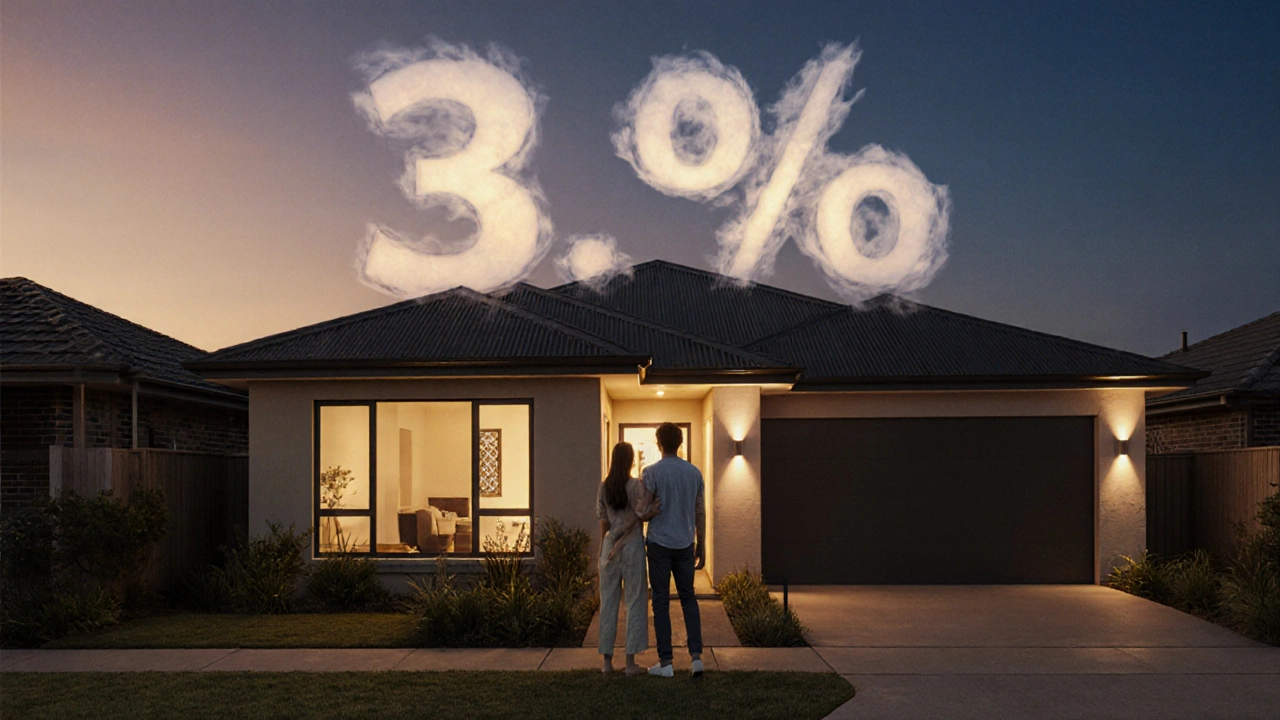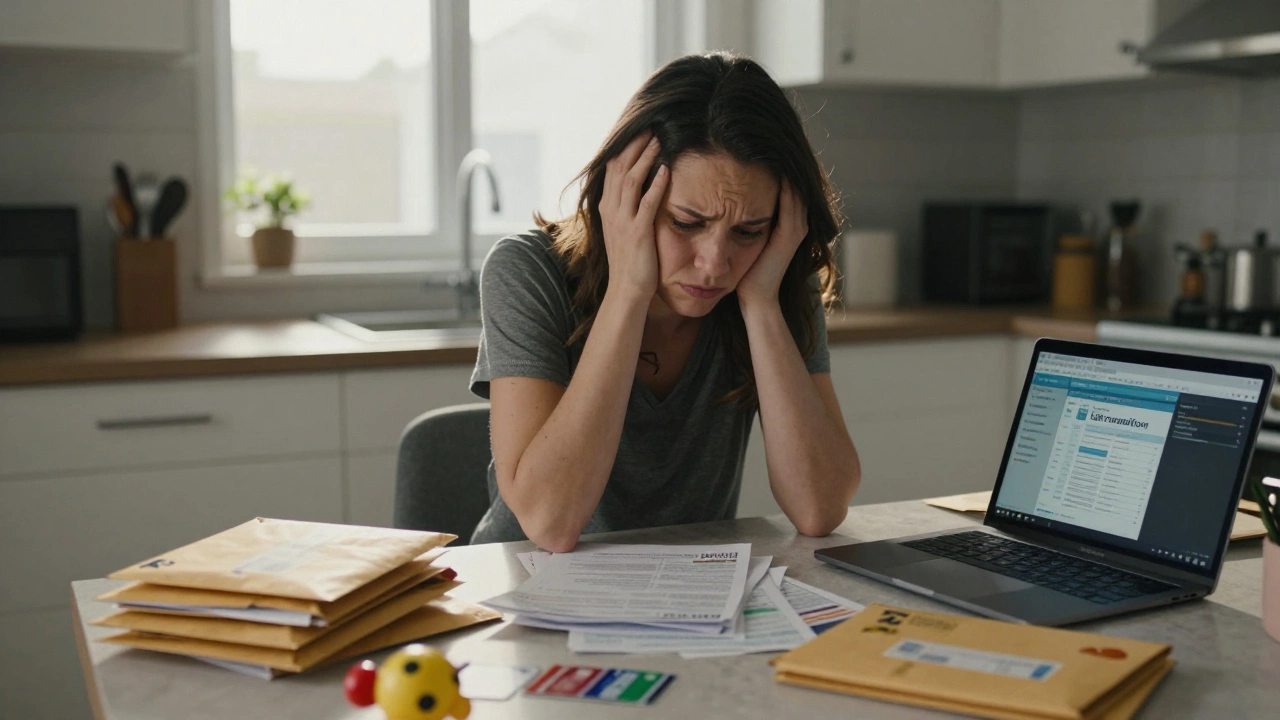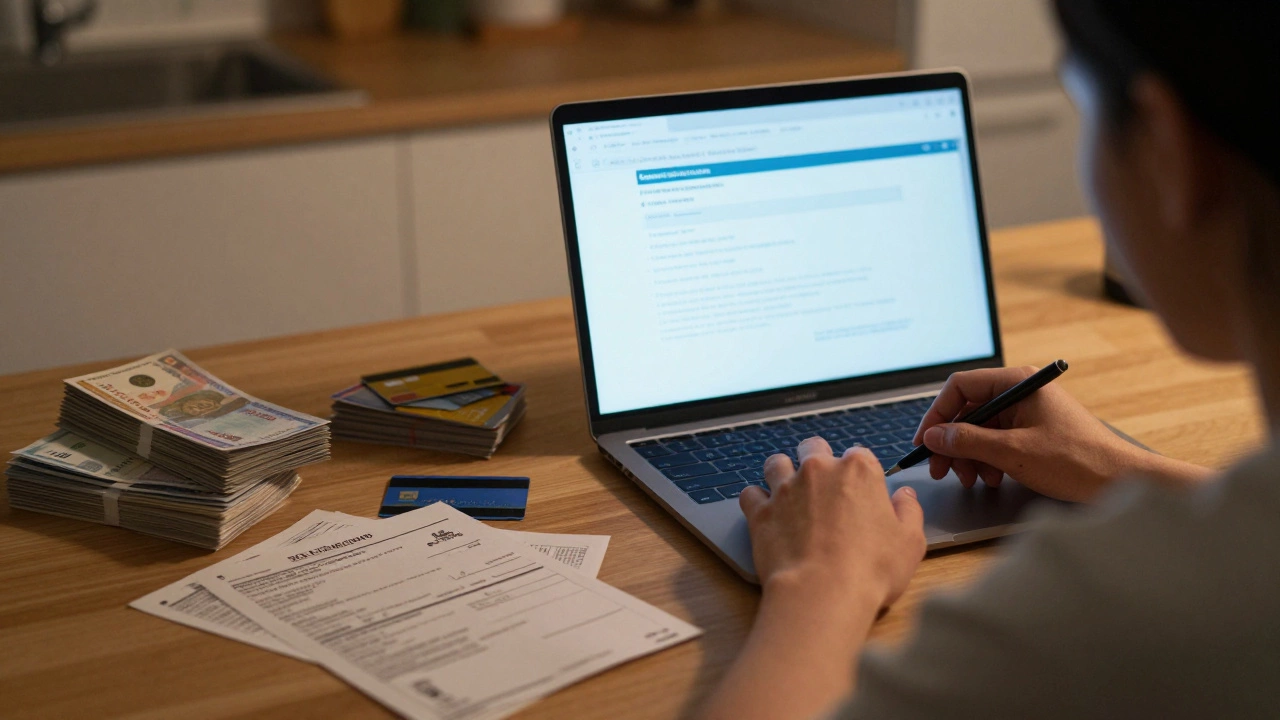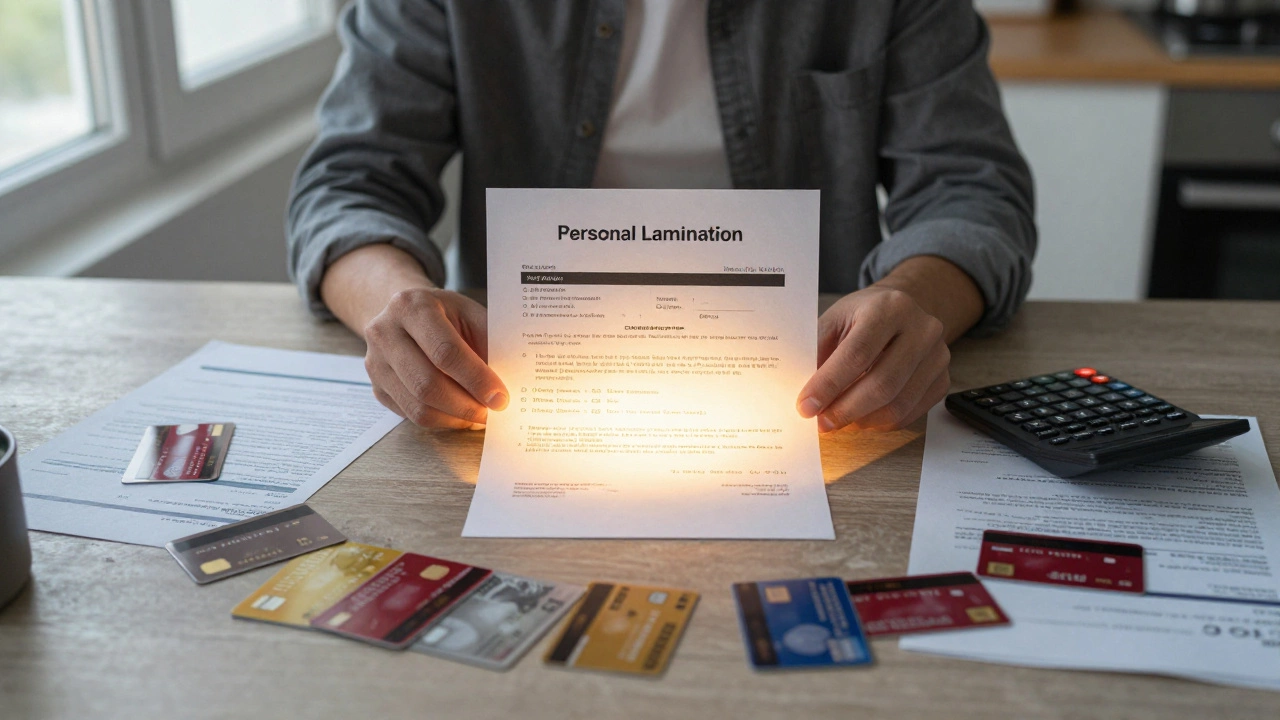Home Loan Rates Explained: What Drives Your Mortgage Cost
When talking about home loan rates, the percentage charged by lenders for borrowing money to buy a house. Also known as mortgage rates, they reflect the cost of credit over the loan term. Mortgage interest rates, the specific interest component that makes up the overall loan rate are the core driver of monthly payments. In simple terms, higher mortgage interest rates mean larger payments, while lower rates free up cash for other goals. Home loan rates encompass both fixed‑rate mortgages and variable‑rate mortgages, each offering different risk‑reward profiles. Understanding that connection lets you pick a product that matches your budget and tolerance for change.
Key Factors That Shape Your Rate
One of the most influential pieces of the puzzle is your credit score, a numeric representation of your creditworthiness based on borrowing history. Lenders use this score to gauge risk; a higher score typically unlocks lower home loan rates, while a lower score can add several percentage points. Another critical metric is the loan‑to‑value (LTV) ratio, the loan amount divided by the property’s appraised value. A low LTV indicates you’re borrowing less against the property, which often earns you a better rate because the lender’s exposure is smaller. Together, credit score and LTV form a cause‑effect chain: better credit and lower LTV → lower mortgage interest rates → reduced monthly outgoings. This relationship explains why many borrowers focus on fixing credit issues before applying for a mortgage.
Finally, the market environment dictates the baseline from which all home loan rates are set. Central bank policies, inflation trends, and economy-wide risk appetite all ripple through to mortgage interest rates. When the Bank of England raises its base rate, lenders usually pass that increase onto borrowers, affecting both fixed and variable products. Conversely, a stable or falling rate environment can lock in cheap fixed‑rate deals, shielding you from future hikes. Knowing that home loan rates are not static but respond to macro‑economic signals helps you time your application wisely. Below you’ll find a curated selection of articles covering everything from the latest rate tables to practical tips on improving your credit score and choosing between fixed and variable mortgages. Dive in to get the detailed guidance you need to secure the best possible rate for your home loan.

Can Mortgage Rates Drop Back to 3%? What the Market Says
Explore if Australian mortgage rates can ever fall back to 3%, understand the forces at play, and learn smart steps for homebuyers in 2025.





